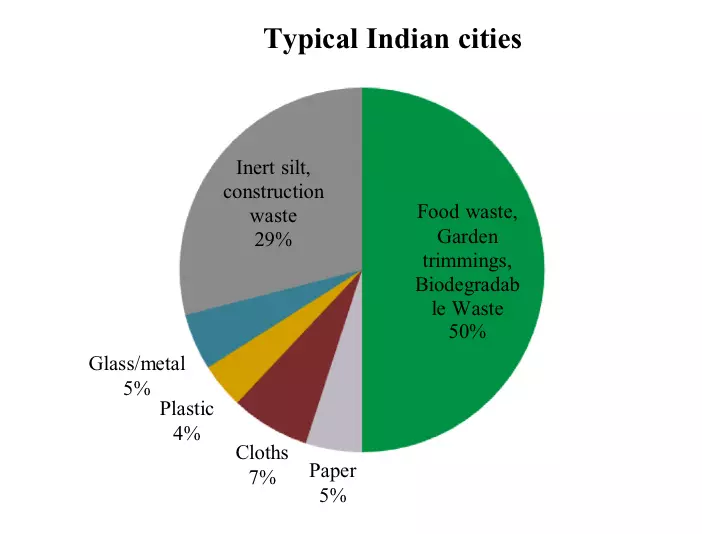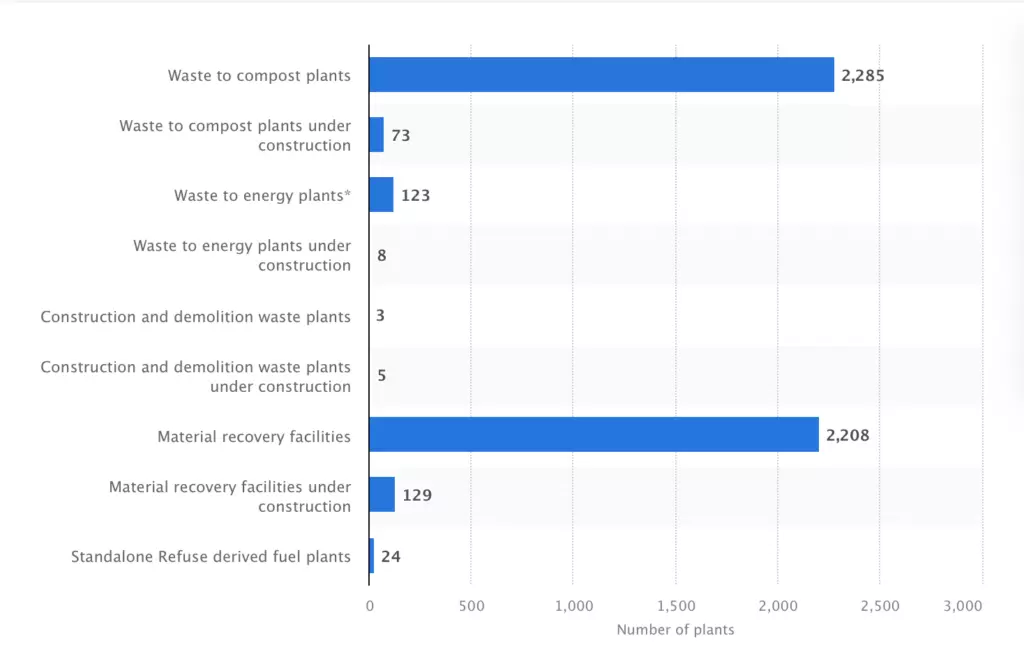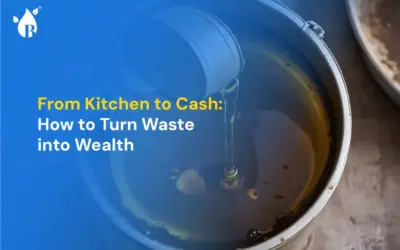
“Kochi’s Brahmapuram dump yard fire an ‘environmental disaster”.
“The fire is out, but concerns still simmer”.
“Kochi air toxic after garbage fire”.
Did you read these headlines too?
Brahmapuram, a 60 acre landfill in Kochi caught fire on March 2nd. It took 12 days to put it out. Over 1400 people needed medical help. Everyone had to pull out their N95 masks from their cupboards again. And the city was still covered in toxic emissions a week later.
Municipal waste management has been a problem for a while. Last year, the Bhalswa landfill was on fire. And the year before, Ghazipur landfill.
The urbanisation of Indian metros is on a marathon. But, sustainable municipal waste management in these cities have paused behind to catch their breath. We can’t overlook these trash mountains anymore. Or we citizens will be left to breathe in toxins like Kochi did.

India is the 3rd largest waste generator in the world, that’s about 62 million tonnes every year. 70% of municipal waste is collected, only 20% is treated and the rest lie in landfills and dumping yards. The volume is huge. It’s a serious concern, not only for the environment but also for public health.
Related read: Waste Plastic Oil – the best alternative fuel for diesel engine
Challenges of Municipal Waste Management in India
Most of the municipal waste is what we use and throw every day. It comes from homes, hospitals, offices, commercial spaces etc. Increase in population and urbanisation has significantly increased waste generation. This has also increased the pressure on municipal waste management systems and policies in the country.
Poor infrastructure
India has a huge gap in municipal waste management. This includes landfills, processing facilities and waste-to-energy plants.

There are over 2,200 waste-to-compost plants in India. But there are still more than 3,100 landfills and dumping yards. The Ghazipur landfill in Delhi reached its total capacity a decade ago. Yet it still receives over 2,500 tonnes of garbage every day.
Related read: Turning Waste to Watts – Does this idea make sense?
Inadequate collection and transportation
Even today, a lot of regions in India don’t have door-to-door collection. A part of municipal waste is still being disposed of in open spaces, pavements and overflowing public dustbins.
The good news is Madhya Pradesh has shown 100% door-to-door municipal waste collection is possible. In fact, it was Indore’s first step in becoming the cleanest city.
In many cities and towns, waste is still collected manually by informal waste pickers. They often work in unsafe conditions. The lack of proper systems means a large portion ends up in public spaces, leading to poor hygiene. Even when the informal sector of waste pickers collect waste, they don’t have a way to transport it to waste processing plants which are already running at full capacities.
Ineffective regulations and unimplemented policies
The Indian government has formulated policies and regulations for municipal waste management. Their implementation is still weak or non-existent. For example, the Solid Waste Management Rules, 2016, provided a framework for the management of solid waste in the country. But only 41% of the urban local municipalities in the country have prepared a solid waste management roadmap.
Lack of public awareness and participation
Public awareness about municipal waste management is low in many parts of India. There’s a lack of involvement from the public. According to a survey conducted by the Central Pollution Control Board, only 1 in 3 households segregated their waste at source. And 1 in 3 dispose of their waste in open spaces. This is increasing the pressure on the local municipal bodies.
The Way Forward for Municipal Waste Management in India
- Implement waste-to-energy plants that use municipal solid waste as biomass for energy generation.
Lessons To Learn From Indore’s 6-Year ‘Cleanest City’ Streak
Indore has certainly set an example like no other city has. Despite generating 1,200 tons of dry waste and 700 tons of wet waste daily, the streets are garbage bin-free.
Today, they generate millions of rupees in revenue and supply fuel for as many as 150 of Indore’s buses. The new bio-CNG plant will soon increase it to 400 buses. But they took a long time to get here. And this is the roadmap they followed:
Their first step was building a fleet of door-to-door garbage collection vehicles. Next year, they encouraged people to segregate waste into wet and dry. In the 3rd year, they focused on reduce, reuse and recycle. The next year was about home composting. In the fifth year, they closed all sewer connections opening into rivers.
Municipal Commissioner of Indore, Pratibha Pal said their golden rule was waste segregation at source. They started with segregating it into 2 and now have progressed to 6 types.
Indore has shown us that effective municipal waste management in India is possible. And it’s a step-by-step process.
The challenge of India’s municipal waste management is multifaceted. So is the solution. It’s time to clean up our dirty reality or suffer living in a polluted environment. What would you prefer?



